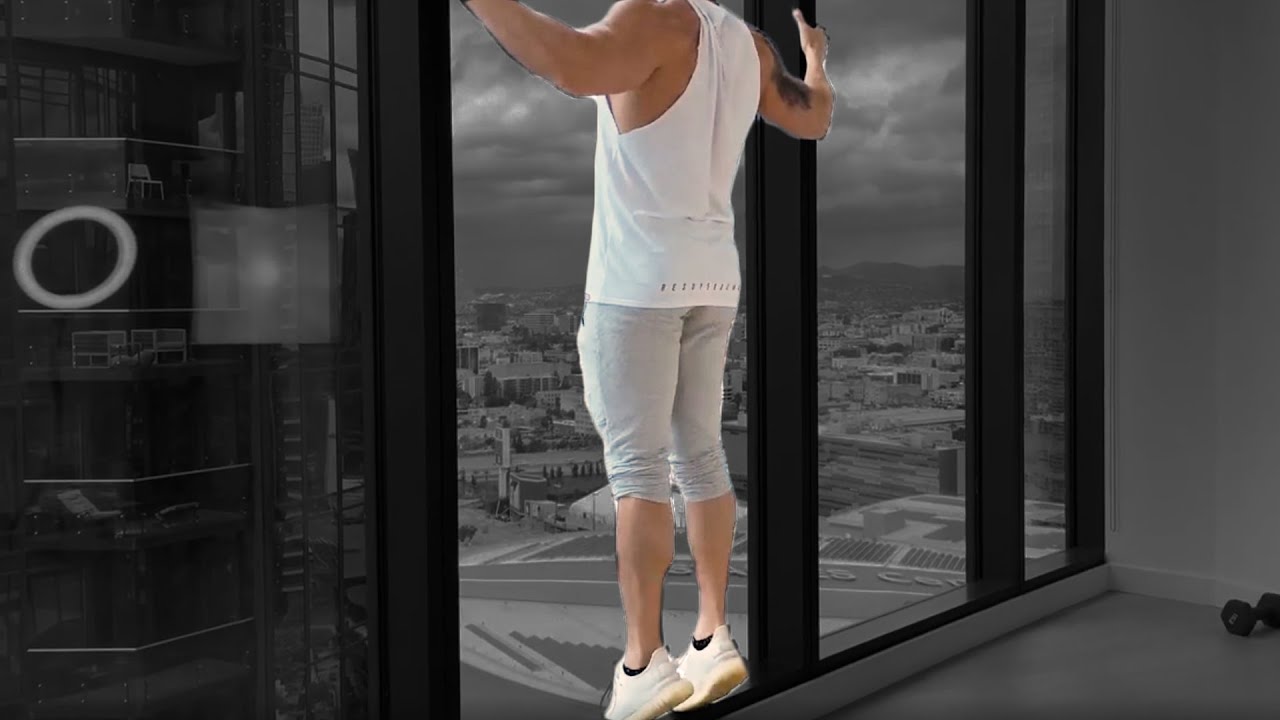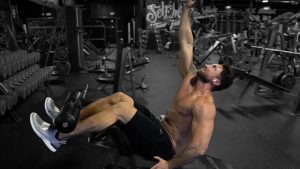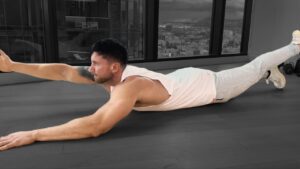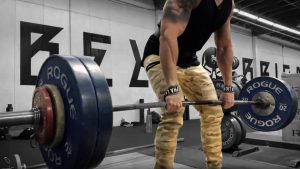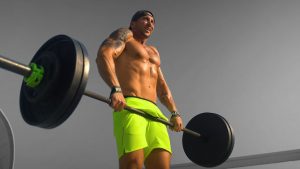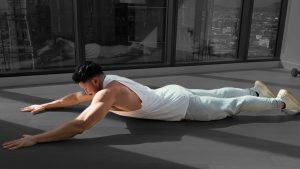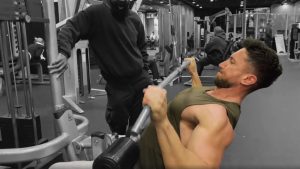Calf exercises are so easy because they are functional. They don't require a lot of effort, force, or equipment. You don't need a gym to get great calves. Here's how to get the best out of your calves by doing calf raises at home.
Primary Muscles Targeted and Secondary Areas
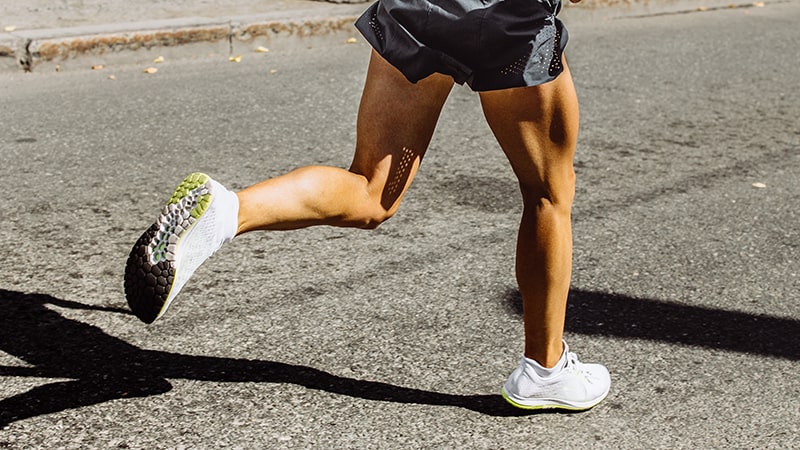
The calves are made up of two muscles. The smallest of the two muscles is the soleus muscle and helps point your toes. The larger muscle is called the gastrocnemius; this strong muscle is responsible for propelling you forward and flexing the knee.
Think of this muscle like a piston in an engine; muscular calves are responsible for jumping, explosive speed, power, and how fast you can accelerate. The soleus is the king of walking and endurance while you run. You should work both muscles evenly. They might seem like small muscles but they are important.
Home Grown Calves of Steel
There are a few ways to get great calves without gym equipment. Try these calf raises at home on your next leg day. If you don't have a step at home, you can use a plank or a bench. Do these exercises close to a wall if you need a little extra stability.
Donkey Calf Raises
Doing normal calf raises at home is great, but this particular type of calf raise is even better. The donkey calf raise works the gastrocnemius muscle. This exercise isolates it and kicks muscle growth up a notch.
Here's how to do donkey calf raises at home:
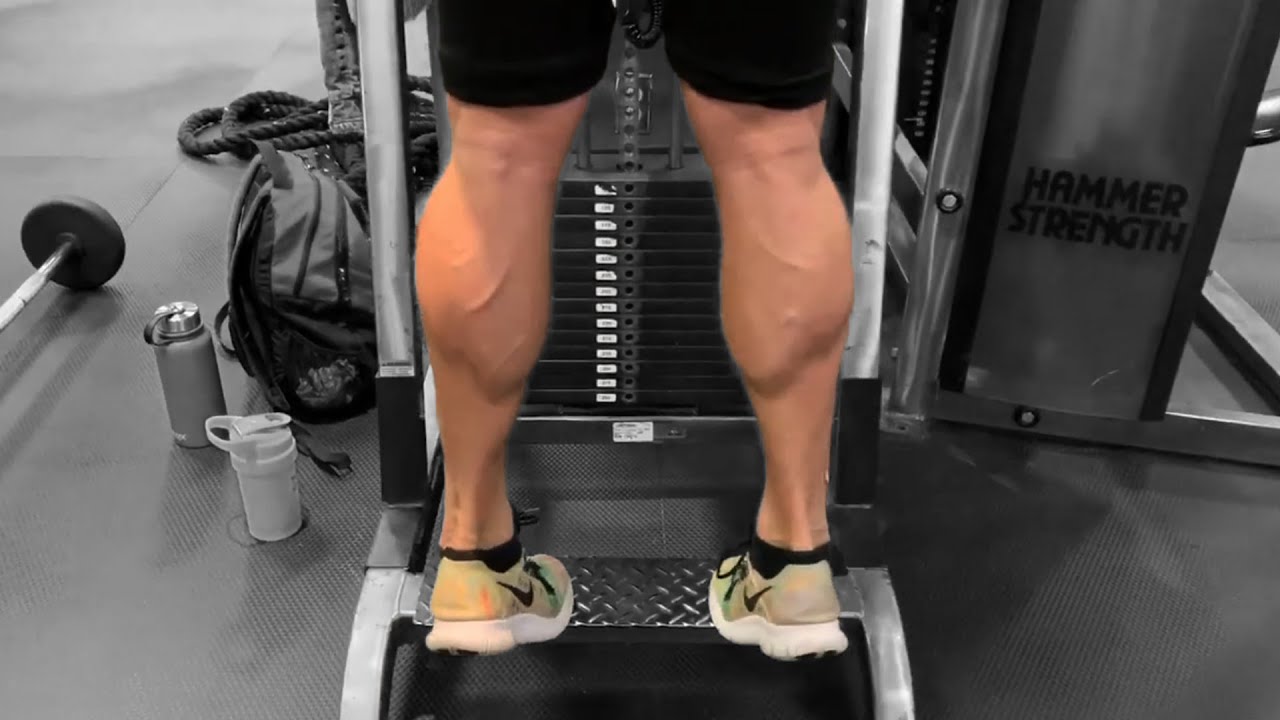
- 1Grab a plank and place it in front of a bench, chair, or coffee table; either will work well.
- 2Stand on the plank with your feet shoulder-width apart. The balls of your feet should be flat on the plank while your hells hang slightly off the back of the plank.
- 3Hinge at the hips and grasp the bench in front of you. Your torso should be parallel to the floor.
- 4Slowly engage your calves and push up to raise your heels.
- 5Squeeze at the top of the raise. Slowly lower your heels down. Repeat for 10 - 15 reps.
If you are looking for more of a challenge, try it in a single leg raise as that places more body weight on your calves for an explosive pump.
If you have a willing workout partner at home that will help you add some weight, have them safely sit on your back while you raise your calves. This one can be pretty fun or awkward.
Standing dumbbell calf raises
Another easy variation is doing standing calf raises at home. All you need is a set of dumbbells.
For excellent standing calves:
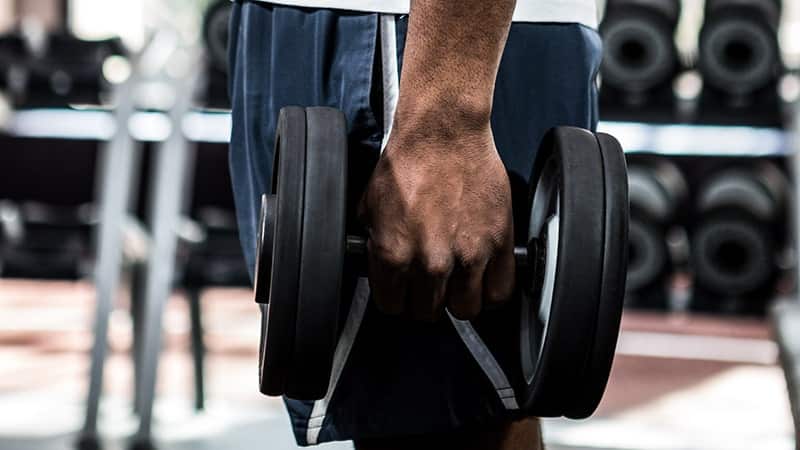
- 1Stand up straight, with a weight plate or a plank in front of you. If you cannot balance properly, slot the plank in front of a wall, which will help you stabilize yourself if you feel the need to.
- 2Hold a dumbbell in each hand at your sides.
- 3The balls of your feet should be on the plank while your heels touch the ground.
- 4Begin to lift your heels up, contract your calves.
- 5Lower your heels back down and contract your calves. Hold for a count of 1 then slowly return to the starting position.
- 6Repeat for as many reps as you need.
A variation of this is the single-leg calf raise. This is important as it isolates your leg and can help in particular with a leg's rehabilitation. If you have an injury working your leg in isolation might be just what it needs.
Bent knee calf raise
There are two calf muscles, and each one has its own purpose; while most calf raise exercises will focus on the biggest of the two, the gastrocnemius, adding a slight bend in your knee will shift the load towards the soleus muscle. It is a tiny but powerful muscle.
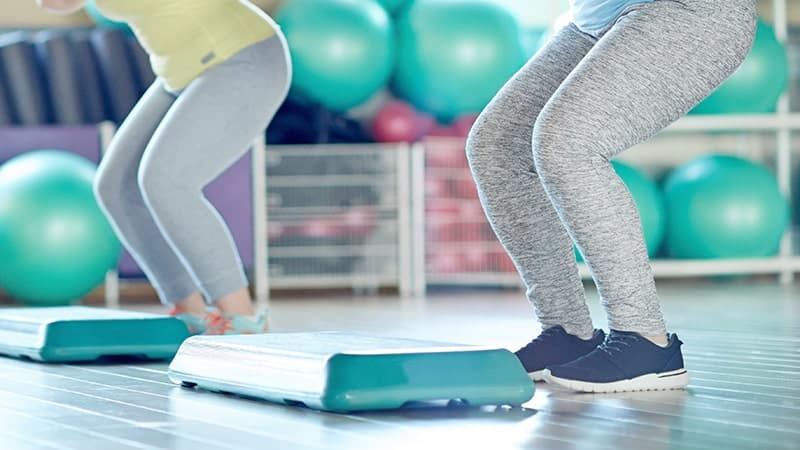
Remember to include this in any calf routine, as you should work both muscles evenly.
Try bending your knee slightly before raising your calves up in any exercise. The easiest way to get the best calf workout is to add exercises that work each muscle in the calves. Superset your calf raises by performing one set of standing calf raises followed by a set of bent knee raises.
The benefits of doing calf raises at home
Calf raises are about more than just building bigger calves. Aside from strengthening your calf muscles, you will notice an overall slimming in your legs. Some of the benefits of these calf raises are:
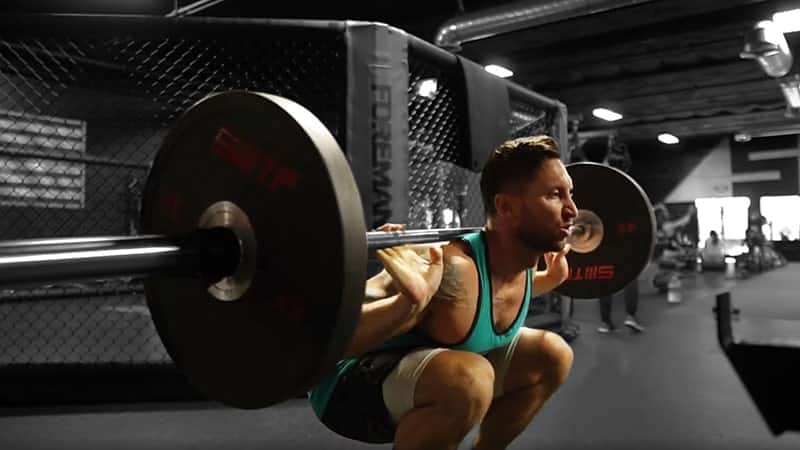
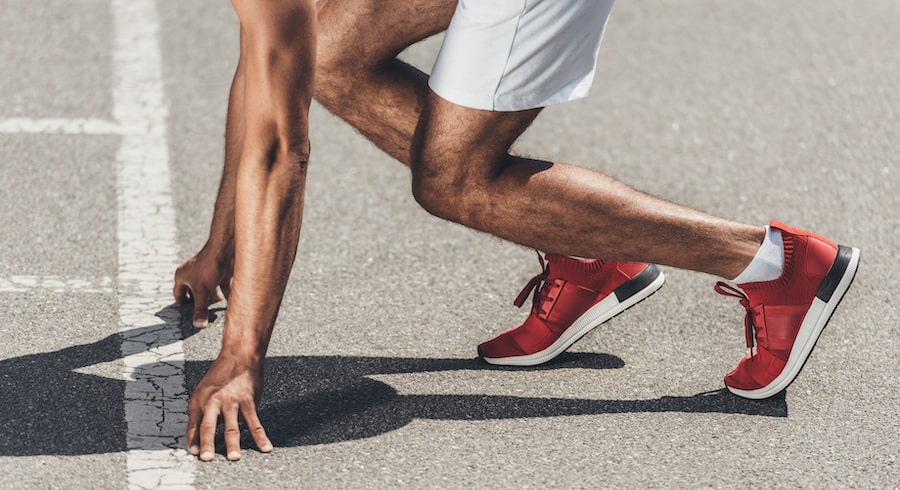
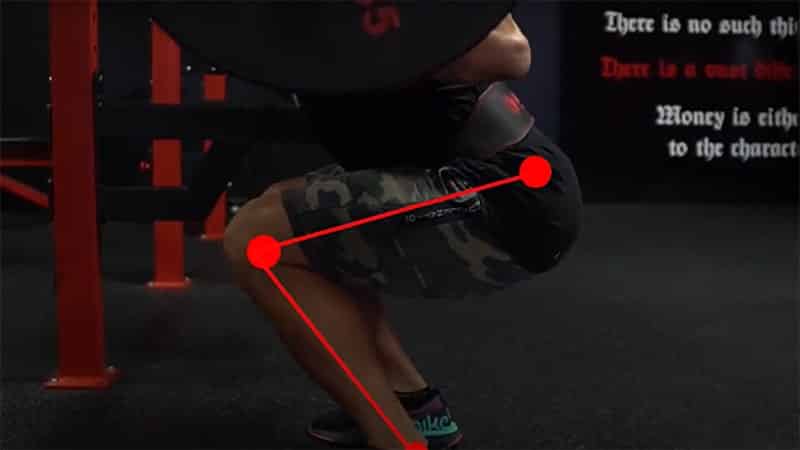
Common at-home mistakes
While a calf raise is a relatively simple exercise, there are a few things that you can do to get the best out of them or a few things you might not be doing correctly.
Going too fast
Some calf raise tutorials will advise you to change the tempo and alternate between slow and fast raises. This is not always incorrect; there is a way of doing it to get the best benefits. When raising your heels, be sure to concentrate on the muscles you are using to lift up.
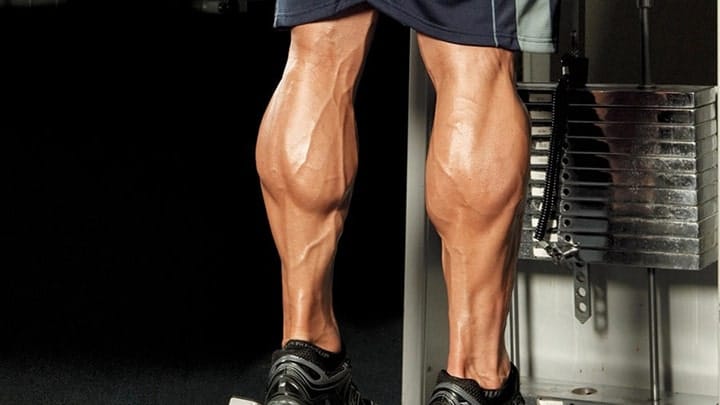
Your calf muscles need to be engaged and contracting. Lifting them up too fast can skip over that part while placing unnecessary strain on your ankles. Change the tempo up throughout your sets, but be mindful of where the power is coming from. It should originate in your calves, and you should feel the burn there. So once you reach the top, stop, and SQUEEZE like you would squeeze your bicep.
Not enough reps
The calves are strong muscles when walked; there is a fine line between just enough and too little. You should be performing 3 sets of 10 - 15 reps three times a week. Your calves can take the heat, so go for it. Be sure to stand up straight and properly contract your calves properly each time.
Stretching
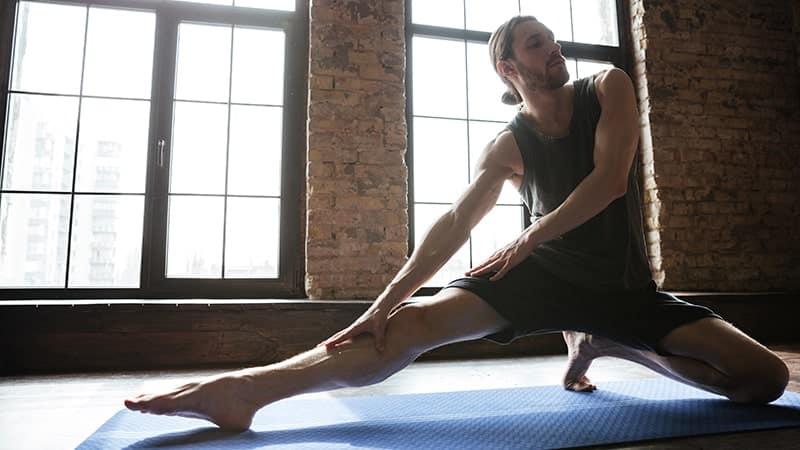
If you have ever jumped straight into a calf exercise without warming up, you will know all about that awful pinching ache in your calf muscle. These usually happen when you jump straight in without warming up. Just as any muscle needs to be activated and warmed up, your calves are no different. Add a few dynamic stretches to get those calves warm before they are worked out. Strains and sprains are mostly preventable injuries.
Not training the soleus
Your soleus is just as crucial as the gastrocnemius. An imbalance between the two muscles has been proven to increase the risk of injury. Runners that have experienced an Achilles injury are more likely to have had an imbalance between the muscles. Working the soleus in bent knees ensures that you are better supported while you walk, run, and jump.
Alternatives and Variations
These are a few variations and alternatives you can add to your leg day besides doing the calf raises at home.
Seated Dumbbell Calf Raises
- 1Sitting on a bench with a set of dumbbells. Hold one in each hand.
- 2Place your feet flat on the floor, hip-width apart.
- 3Balance the dumbbells on your knees and start to lift your heels.
- 4Squeeze your calves at the top of the movement.
- 5Slowly lower your calves back down.
- 6Repeat for 3 sets of 10 - 15 reps.
Downward Dog
This is not just a yoga stretch; this exercise is an excellent calf builder. As you stretch down into the classic inverted V shape of the downward dog stretch, stay there a while and raise your heels up to perform a calf raise. Slowly return your heels to the starting position. Try alternating your knees in a mountain climber motion. This works each leg independently and allows you to isolate each calf as needed.
Crafted calves
Crafting your calves has never been easier. Don't forget to train them just because they are easy to train. Leg day shouldn't be complete without at least a few sets of calf raises at home or at the gym.
